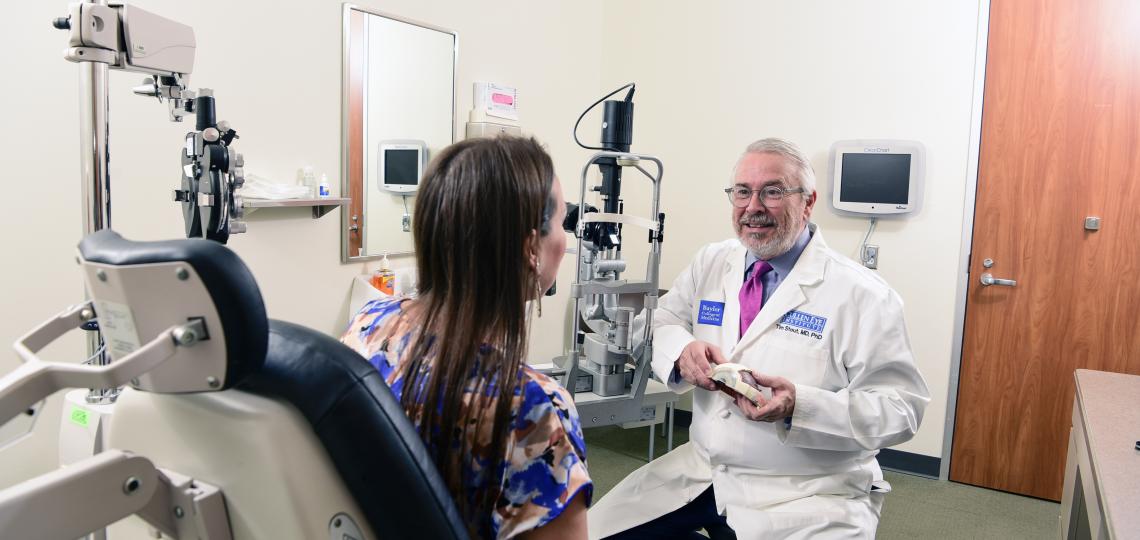Top Cardiologist in Andalusia: Find Specialist Clinics Near You
The Pros and Disadvantages of Different Refractive Surgeries for Enhanced Eyecare

LASIK Surgery
LASIK surgical treatment is a commonly done refractive procedure that aims to deal with vision issues such as nearsightedness, farsightedness, and astigmatism. This medical method has gained popularity because of its performance in providing people with clearer vision and decreasing their dependency on glasses or get in touch with lenses. During the treatment, a slim flap is developed on the cornea, and a laser is used to improve the underlying cells, dealing with the refractive mistake. The flap is then rearranged, enabling quick healing and very little discomfort for the person.
Among the main benefits of LASIK surgical treatment is the rapid renovation in vision experienced by several patients. Most people see a substantial enhancement in their vision quickly after the treatment, with marginal downtime needed for recuperation. In addition, LASIK is known for its high success rate and reduced occurrence of problems when carried out by knowledgeable surgeons. Like any type of surgical treatment, LASIK additionally brings some threats, including completely dry eyes, glare, halos, and under or overcorrection of vision. It is important for individuals taking into consideration LASIK surgical procedure to go through a detailed analysis by an eye care specialist to figure out if they are appropriate prospects for the procedure.
PRK Procedure
The PRK procedure, likewise understood as Photorefractive Keratectomy, is a type of refractive surgical procedure that aims to fix vision problems comparable to LASIK surgery. Unlike LASIK, which includes producing a flap in the cornea, PRK functions on the surface area layer of the cornea.
Among the advantages of PRK over LASIK is that it gets rid of the danger of flap-related issues considering that no flap is created during the surgery. This can be advantageous for individuals with thin corneas or those included in get in touch with sporting activities where eye trauma is a possibility. Nevertheless, the healing time for PRK is commonly much longer contrasted to LASIK, as the external layer of the cornea requires time to restore after the treatment. In spite of the longer recovery duration, PRK can be an ideal choice for individuals seeking vision modification surgical treatment.
SMILE Surgery
A cutting-edge refractive surgical treatment method obtaining popularity in the field of ophthalmology is SMILE Surgery. Tiny Cut Lenticule Extraction (SMILE) is a minimally intrusive treatment that remedies vision by reshaping the cornea making use of a femtosecond laser. Unlike standard LASIK surgery, SMILE Surgical procedure includes creating a little laceration in the cornea to extract a lenticule, which results in much less interruption to the corneal structure and potentially much faster recovery times.
Among the key benefits of SMILE Surgical treatment is its ability to treat nearsightedness (nearsightedness) and astigmatism with high accuracy, bring about outstanding aesthetic end results for clients. The minimally intrusive nature of the treatment additionally lowers the risk of click here for more complications such as dry eye syndrome, making it a beneficial option for people looking for refractive surgery.

LASEK Method
Having discovered the advantages and factors to consider of SMILE Surgery, another notable refractive surgical procedure strategy worth analyzing is the LASEK Strategy. LASEK, which means Laser-Assisted Subepithelial Keratectomy, is a type of laser eye surgical treatment that intends to deal with refractive mistakes such as myopia (nearsightedness), hyperopia (farsightedness), and astigmatism.
Unlike LASIK, LASEK does not include producing a corneal flap. Rather, during a LASEK treatment, the cosmetic surgeon utilizes a diluted alcohol service to loosen the slim external layer of the cornea, referred to as the epithelium. This layer is after that delicately relocated aside to allow the laser to reshape the underlying corneal cells. As soon as the cornea has been improved to the preferred level, the epithelial layer is rearranged.
One of the main advantages of LASEK is that it can be suitable for people with thin corneas that might not be great prospects for LASIK. In addition, LASEK commonly causes marginal post-operative discomfort and a quicker recuperation time compared to PRK. However, the aesthetic healing process with LASEK might be slightly longer than with LASIK.
Implantable Contact Lenses
Implantable Call Lenses offer a lasting vision modification solution for people looking for an option to traditional call lenses or glasses. These lenses, also referred to as phakic intraocular lenses, are operatively put into the eye to remedy refractive mistakes such as myopia (nearsightedness), hyperopia (farsightedness), and astigmatism. andalusia pediatrics. Unlike typical contact lenses that rest on the surface of the eye, implantable get in touch with lenses function within the eye itself, offering clear vision without the need for Bonuses day-to-day maintenance or removal
One of the vital advantages of implantable get in touch with lenses is their permanence. As soon as inserted, they can stay in the eye forever, supplying consistent and steady vision improvement. Additionally, these lenses can be a superb alternative for individuals that are bad prospects for laser eye surgical procedure or that choose a relatively easy to fix vision correction procedure.
Nevertheless, implantable call lenses do bring some threats, consisting of the possibility for cataracts or raised eye pressure. It is essential for people considering this choice to speak with an eye care expert to establish if implantable call lenses are the right option for their particular demands and eye health and wellness.
Verdict
In final thought, each kind of refractive surgery has its own advantages and drawbacks. LASIK surgery is popular for its fast healing time, while PRK treatment may be appropriate for people with thin corneas.

Overall, SMILE Surgery offers an encouraging option for people looking to boost their vision via refractive surgical treatment.